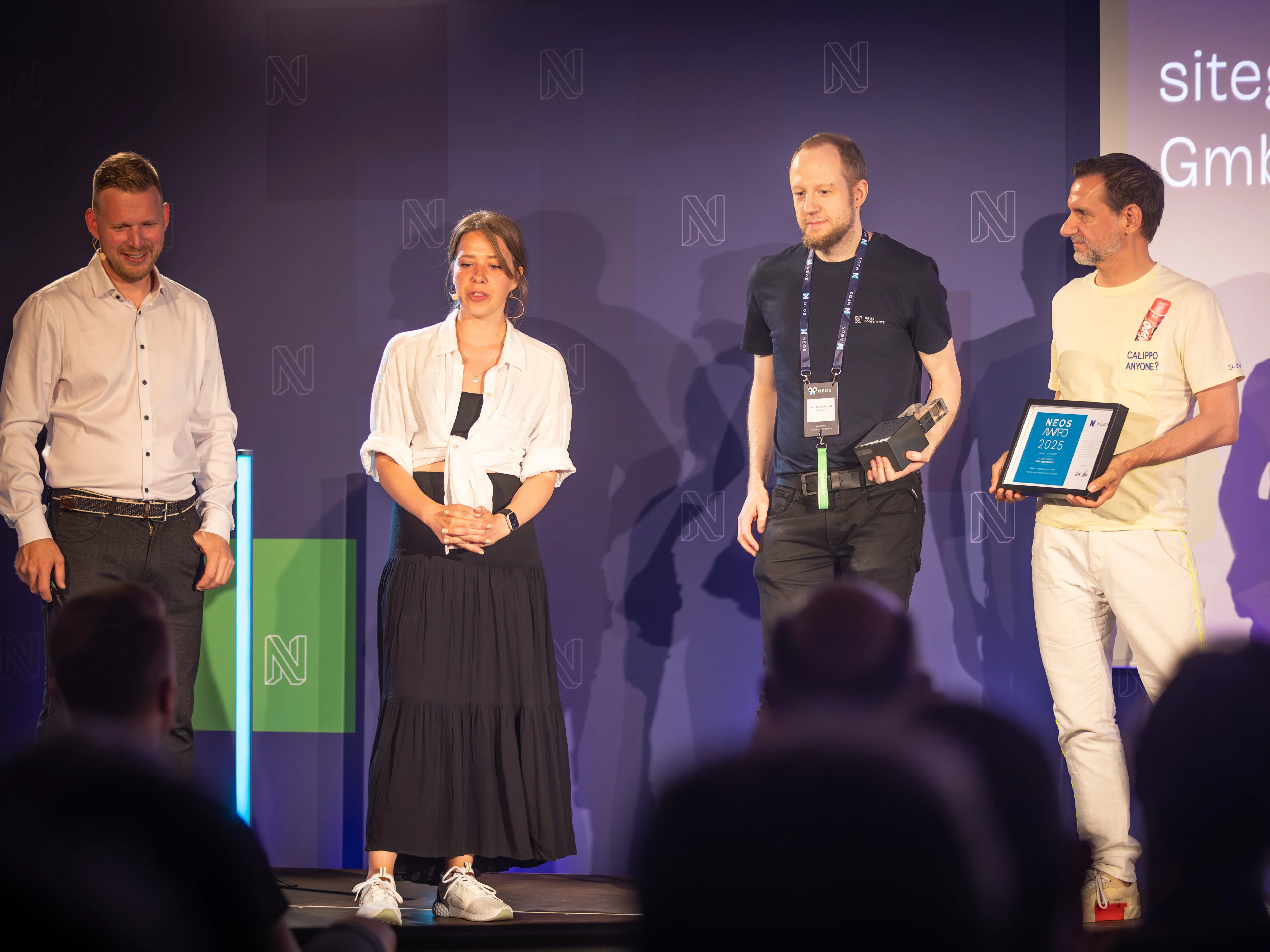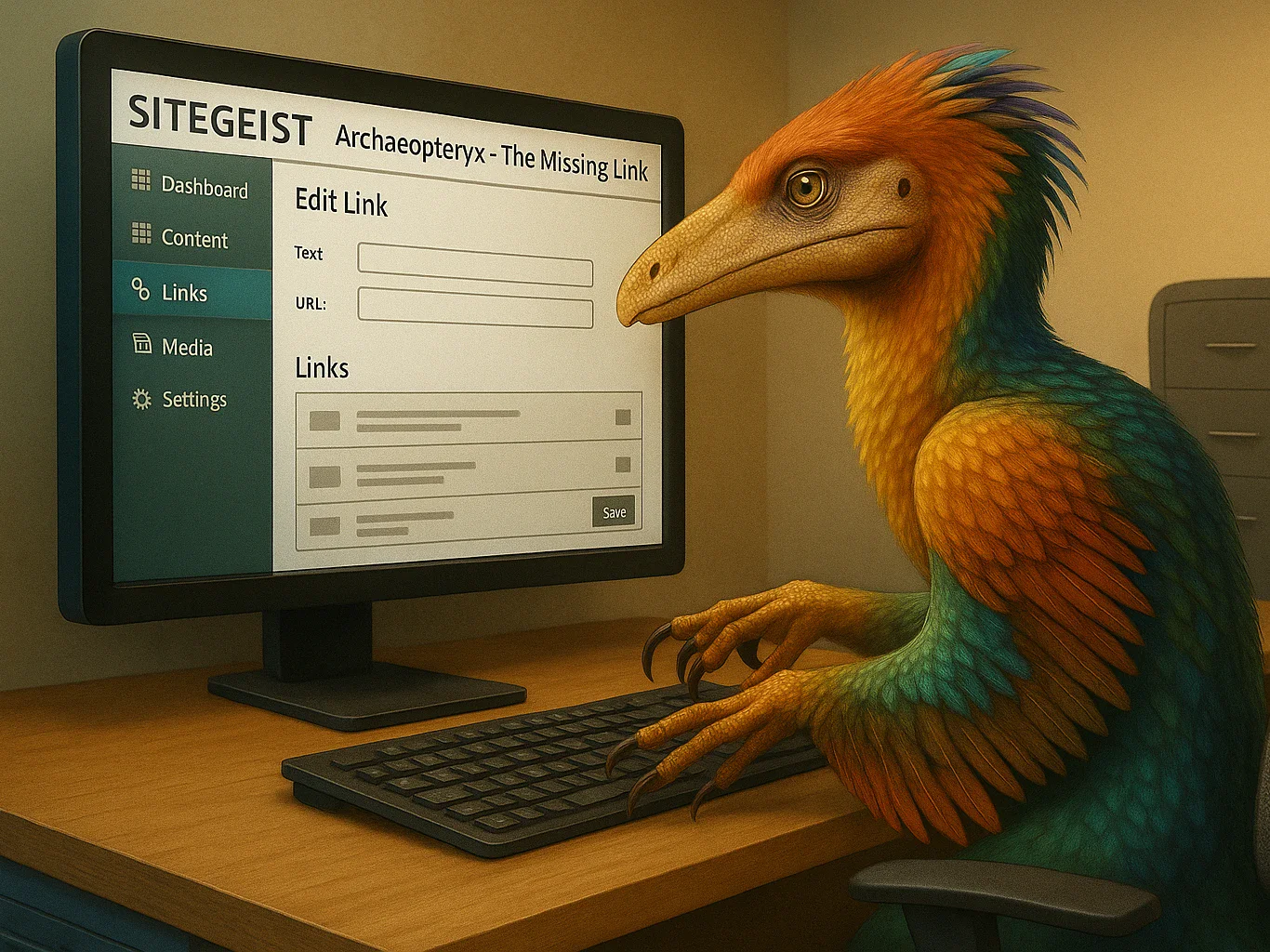Automatic AI translation at the touch of a button in NEOS
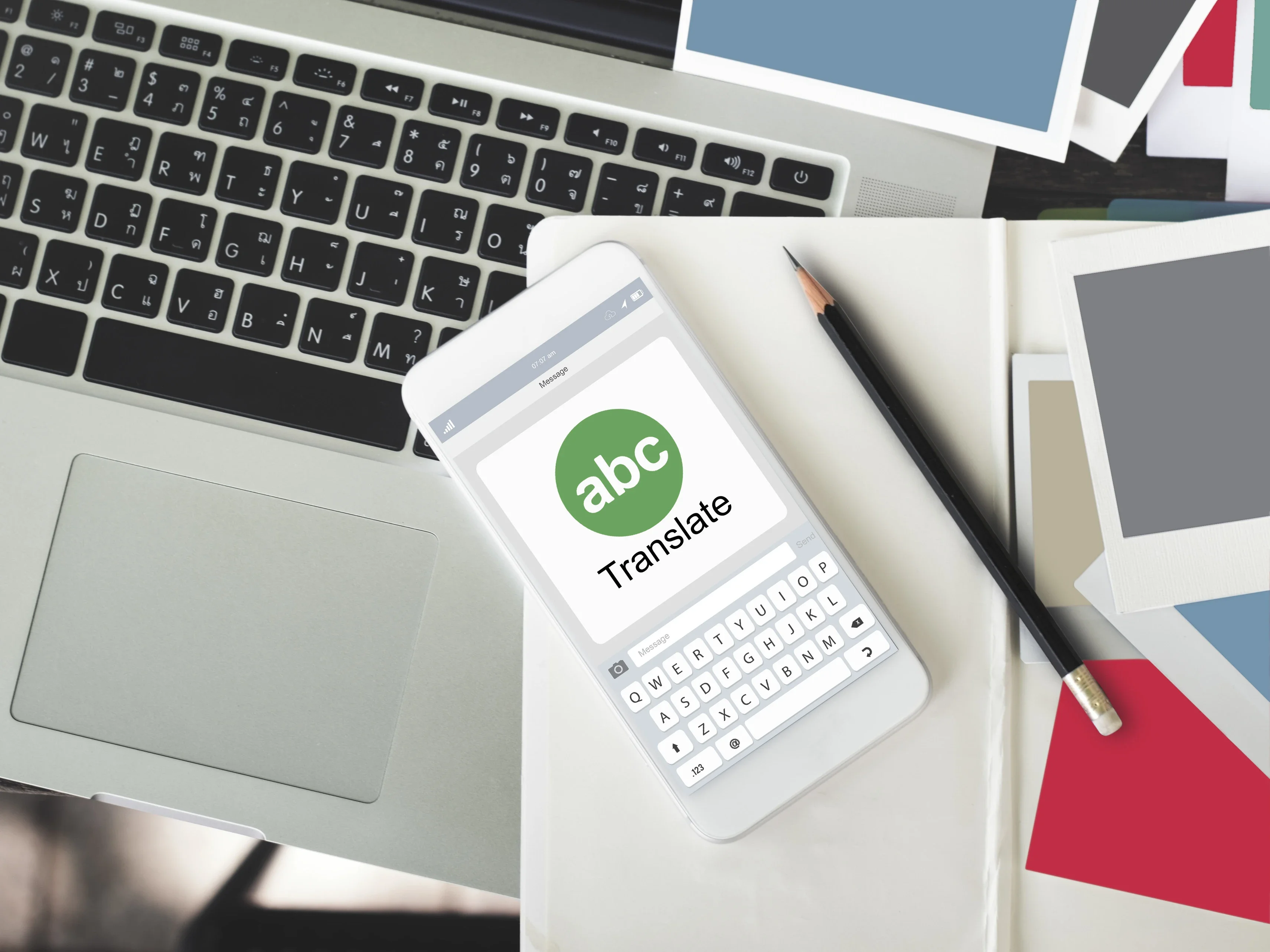
A website thrives on great content. But great content is also the supreme discipline when it comes to creating a company website. To simplify content management, Neos offers a clean and intuitive interface with features like inline editing. Preparing and keeping content up to date is a challenge in itself—and it becomes even more complex when multiple language versions are involved.
That’s where Sitegeist.LostInTranslation comes in. This tool enables automatic content translation at the click of a button. What does that mean? The content is translated by a machine rather than a human, significantly accelerating the localization process and reducing costs.
Of course, not every type of text is equally suited for machine translation. Creative content with emotional nuance may go beyond what automated tools can handle—but even in those cases, the translation can serve as a helpful starting point for human translators. In general, all machine-generated translations should be carefully reviewed and, if necessary, corrected by a native speaker. Idioms and context-dependent words remain some of the biggest challenges for computers to handle accurately.
Since 2016, the team at DeepL has been developing their AI-powered translation service. The system is based on datasets from the Linguee translation search engine. DeepL’s neural networks are continuously improving, learning the subtle nuances of different languages from millions of text samples.
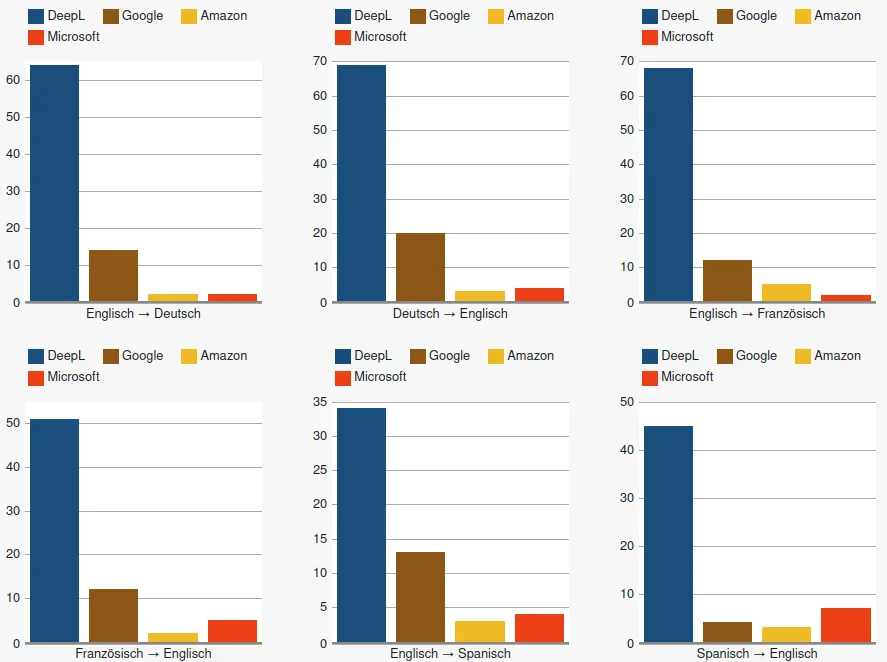
Source - A group of translators evaluated the translations of the four major automatic translation services in a blind test.
The DeepL translator now supports 26 languages and provides an API that allows apps and websites to use the translation service directly. They are at the forefront of automatic translation services.
DeepL pursues the same goals as Neos. The aim is to relieve editors of as much of the work involved in maintaining content as possible by providing a high-quality system.lts Integrating the DeepL translation service into CMS is therefore another logical next step.
DeepL in Neos
Once the editor has maintained the content, he can copy the page into another language using the usual localization workflow.
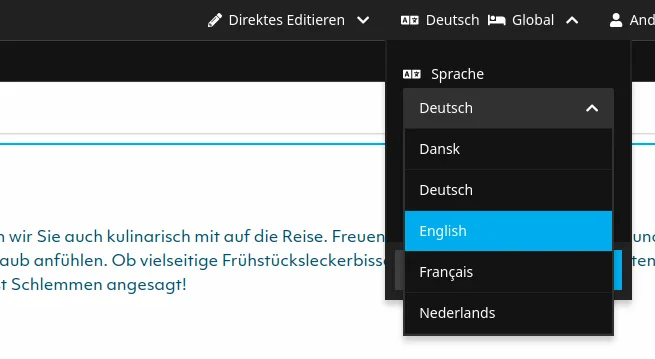
The editor now has the option between a blank page or a page with copied content. If he chooses the latter, the text content is sent to the API of DeepL in the background and the new page with the translated content is created in Neos.
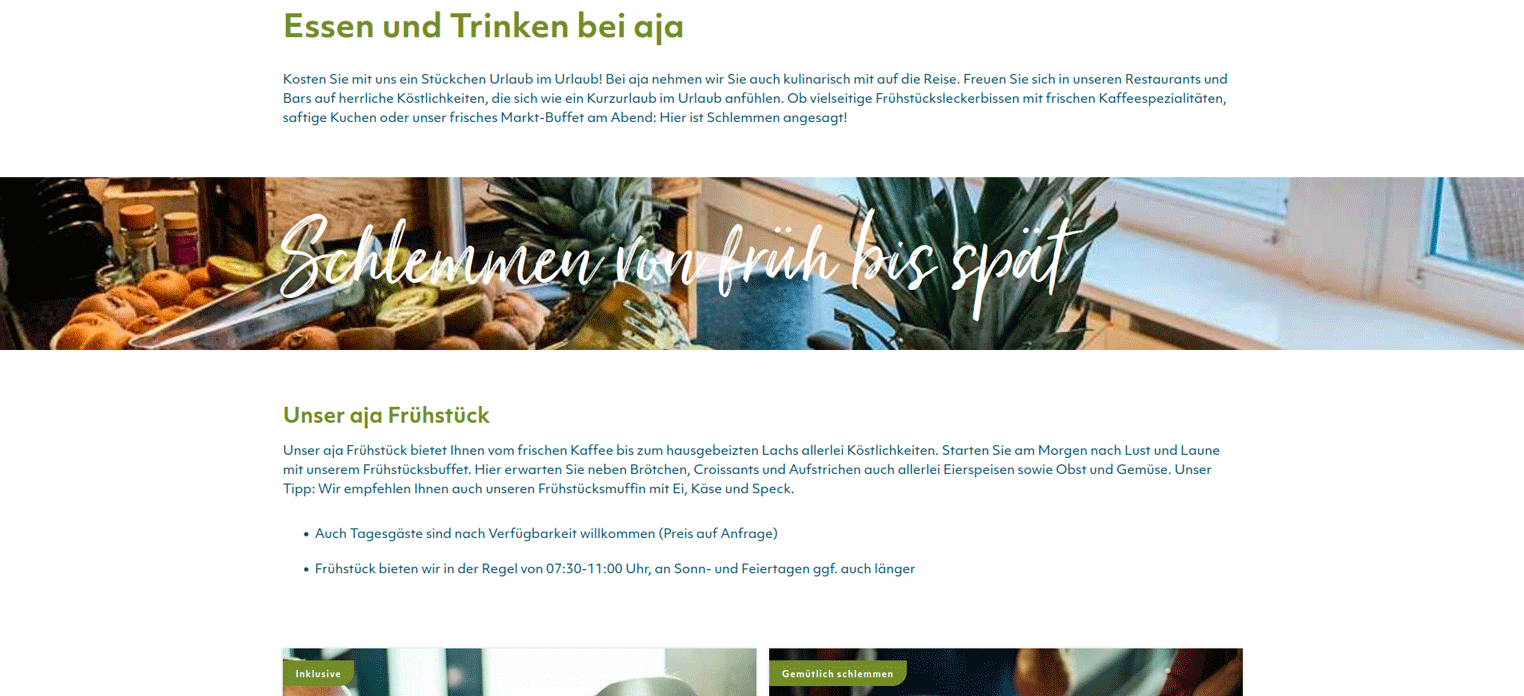
Configuration
The installation and use of Sitegeist.LostInTranslation is well documented on the Github page. The YAML configuration can be used to define exactly which document properties and content elements should be taken into account in the translation process.
'Neos.Neos:Document':
options:
automaticTranslation: true
properties:
title:
options:
automaticTranslation: trueTranslation strategy
There are two modes for the translation strategy:
Once translates the content as soon as a document is translated into the target language for the first time. This initial translation can then be manually corrected and published.
Sync translates the page anew each time the source language is adapted. This mode is useful if no adjustments are to be made to the translated page and is suitable if you want to use a specific language without using the services of a translator.
Conclusion
We have already been able to use DeepL in several customer projects and have received very positive feedback. The effort involved in maintaining content in multiple language variants is often initially underestimated by the customer. DeepL and Neos provide the best possible support here and save the customer time and money.
Is the content too specialized to be machine translated? Certainly not all texts are equally suitable. At the customer's request, we are expanding Sitegeist.LostInTranslation (currently in version 2.0) to include a Backendmodule that enables glossary maintenance, which is already supported on the DeepL side. This ensures a good translation even for brand and industry-specific terminology.
Please feel free to contact us!
Sources:
- ¹ Can't Read, Won't Buy - B2C
- DeepL Glossary Support
- DeepL Pro
- Sitegeist.LostInTranslation: https://github.com/sitegeist / Sitegeist.LostInTranslation


